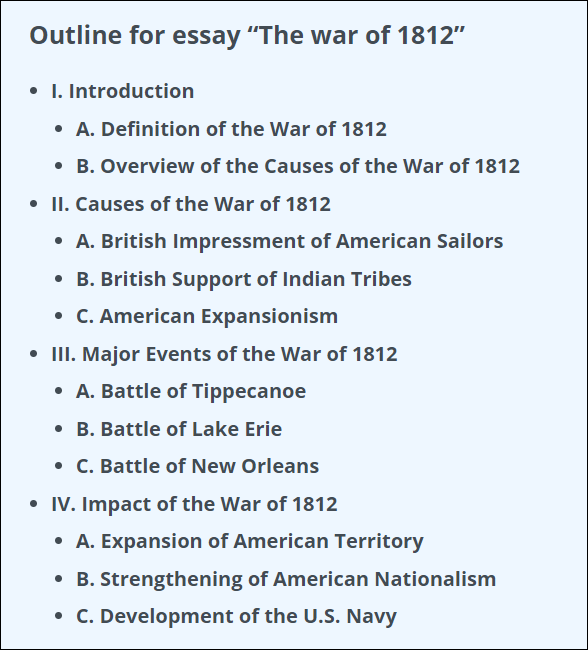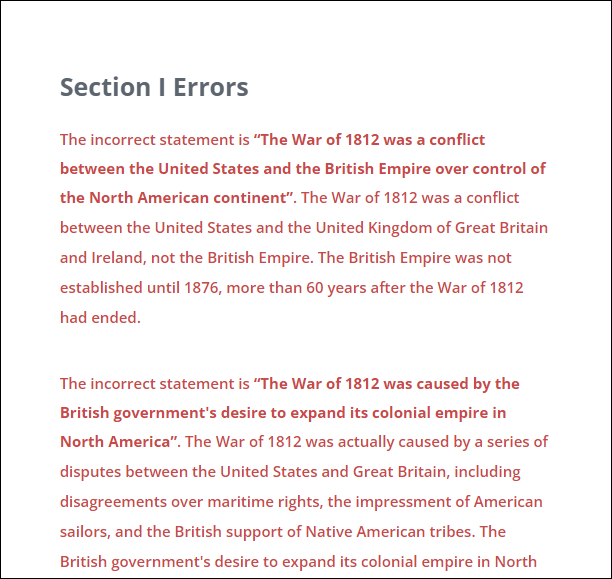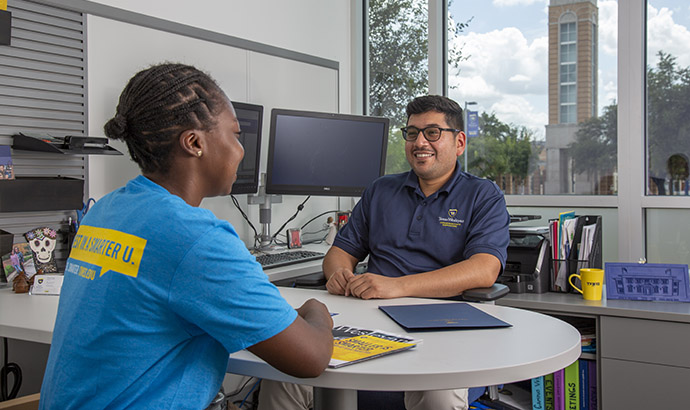Adding A.I. Within Assignments
.jpg)
The blessing and curse of education is that it's always changing.
Since the dawn of using the world wide web within education, technology has developed by leaps and bounds. Especially today, it seems technology, virtual reality and artificial intelligence are transforming faster than educators can keep up! These changes may seem daunting until one takes a closer look and considers how to leverage these tools to make instruction easier and more engaging for students.
Considering A.I. Potential
The largest concern with AI in modern education is cheating and zero-effort essays and discussion board responses. Most advice for avoiding these pitfalls revolves around making a prompt or question either specific in scope or personal, to avoid the potential use of AI.
While a valid approach, this article suggests the advent of a new perspective; AI isn't to be avoided and policed in education but utilized to further learning and critical thinking.
Yes, AI can spit out facts from the internet. Where AI flounders is connecting complex theories or concepts and true analytical discussion. AI can handle the smaller details of written work, such as the regurgitation of facts while students handle the deeper and more intricate aspects of the lesson. This also means creating lesson plans that delve to this deeper level of analysis.
“Ballpoint pens will the be ruin of education in Our Country. Students use these devices and then throw them away!”
-Federal Teachers, 1950
“Students today depend on paper too much and don't know how to write on a slate without getting chalk dust all over themselves…. What will they do when they run out of paper?”
-1815 Principal's Publication
“Students today depend upon store bought ink. They don't know how to make their own. When they run out of ink they will be unable to write words or ciphers until their next trip to the settlement. This is a sad commentary on modern education.”
-1929 The Rural American Teacher
Poster & Concepts
Have students work in pairs or individually to create a concept poster for your lesson. This could include text and images relating to principles of the topic, analysis, comparison of topics or vocabulary or simply an informational presentation.
The challenge is for students to include elements in the poster that AI-generated. An example would be text-to-image AI for the poster background elements. Challenge students to get AI to generate a highly specific image or infographic about their content.
As part of the assignment, require students to list or write out the various text prompts they'd used with AI and to analyze how their prompts changed to be more specific over time. What key elements about the lesson were needed in the prompt, for the AI to “understand” the true meaning or intent of the lesson? This step allows students to ponder the core lesson concepts.
Wrong On Purpose
Create an assignment using this free tool! This AI tool will create several paragraphs and subsections of text based on the prompt you provide. The prompt in the image was “The War of 1812”.

The AI will purposely create false data and facts throughout the written work. For the instructor, it will list the inaccurate information in red.

Copy and paste this text into an assignment and have students read through the text to identify all the inaccurate information. Consider having students working in pairs or groups. Online or hybrid courses could use the Collaborations section of Canvas (located in your Course Menu on the left within your course, if displayed), which will allow all students or groups to simultaneously highlight and annotate the text document.
If conducting this assignment during class, you could later tell students the number of fallacies in the text and allow them a few more minutes to verify they found them all, before discussing findings as a class.
Alternatively, you could use a small section of the text as a discussion board prompt or a short essay question on a quiz!
Access this and other free tools at this link!
Case Study Creativity
For this assignment, have students use AI to assist them in creating specific case studies related to the lesson. Be sure to include a rubric of specific details and information that will need to be included. For psychology, the case study could be about identifying personal characteristics or disorders of a person. For science, the case study could be about lab safety or dissecting the elements of a failed experiment. For English, the case study could be used to analyze the method the character used to analyze a piece of work or the steps taken to create an informational, narrative or comparative essay.
Next, have students list at least 3 gaps, inconsistencies or fallacies in the AI-generated case study. Students can then rewrite the case study with corrections and additions that meet rubric requirements.
Finally, have the student write a paragraph analysis of the case study. Then have AI write a paragraph analysis of the case study. The student can then submit written work comparing the difference and similarities of the two analysis pieces. How are they different? Did AI miss something you caught? Did AI see additional perspectives that you hadn't thought of?
Baseline Improvement
For marketing, photography and other courses, use AI as a “baseline” or starting point and challenge students to create improved versions. For example, students could ask AI to generate a company name or slogan for a fictional store, book or ad campaign. Some results might be silly, too generic or not considerate of the target audience.
English: Students ask AI to generate a summary or analysis, then students correct, counter-argue or expand on the baseline response.
Marketing: Students ask AI to generate a name, title or slogan for a fictional store, book, product or ad campaign. Some results might be silly, too generic, already used or not considerate of the target audience.
Math/Science: Students ask AI to describe a process or steps for solution. Students then correct or elaborate on the steps. Additionally, students could be required to create “branches” off the main response to include other experiment variables, or math variables such as fractions, probabilities or time.
Watch Your Tone!
AI, including ChatGPT, can be asked to write text in various tones, such as encouraging, professional, aggressive, informal or detailed. Use these differences in a variety of ways to get students to consider diction and how text is written. This could demonstrate how professional text is used in research papers (psychology, sciences, medical) or how tone impacts the audience (marketing, business) or how tone can be used effectively in writing (English, composition).
Idea 1: have students break into pairs/groups and ask AI to generate text about a certain topic, asking it to use a different tone each time. Have students compare and analyze the differences together and write their conclusions and analysis.
Idea 2: Use AI yourself and present various tone samples to the class on the screen or projector. Discuss the impacts of tone together as a class.
Idea 3: Secretly assign each student or each group a tone. Then in groups or as a class, swap texts and have students try to guess the tone being used and their reasoning behind their opinions.
Roleplay
Roleplay, used in a variety of courses, can help students interact or consider the lesson topic from different perspectives. Ask AI to create a script, or a certain amount of scenes with a certain amount of characters or parts. Students can use these as a starting point for their roleplay, then add in the specifics related to the lesson content or assignment requirements.
Student Teacher
Sometimes the best way to learn is to look for methods of improvement. Ask AI to create an essay over the lesson concept or topic (with constraints), then ask students to dig deep and “grade” the AI's paper. Did it go into depth? Were there grammatical/style/mechanical issues? Was it coherent and included an introduction, thesis statement, transitions and a conclusion? Did it convey main points or a long jumble of random facts?
Look at further assignment details on page 6 of this online PDF. You will need to ensure specific rules are given to AI to give students a decent essay.
References
LaCapria, K. (2019, November 18). 'Students Today Depend on Paper Too Much, Don't Know How to Write on a Slate' 1815 Quote - Truth or Fiction? Truth or Fiction? https://www.truthorfiction.com/students-today-depend-on-paper-too-much-dont-know-how-to-write-on-a-slate-1815-quote/
Mollick, E., & Mollick, L. (2022). New modes of learning enabled by AI chatbots: Three methods and assignments. Social Science Research Network. https://doi.org/10.2139/ssrn.4300783







